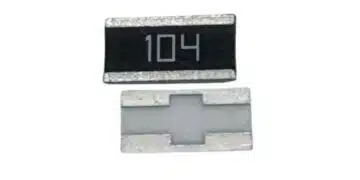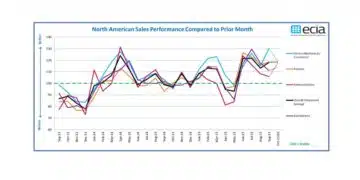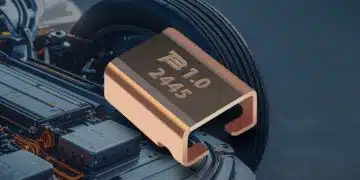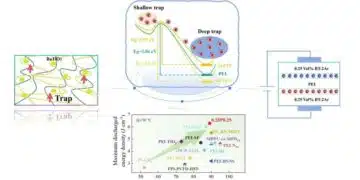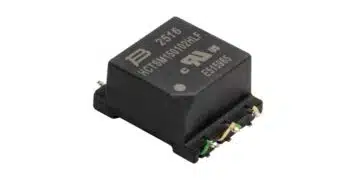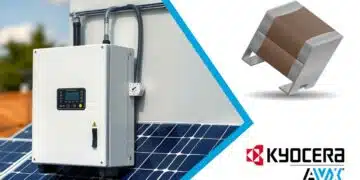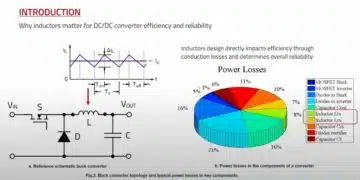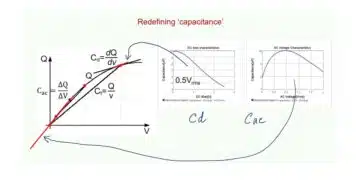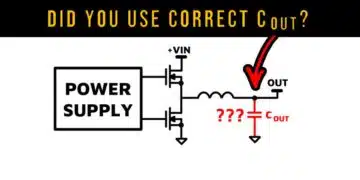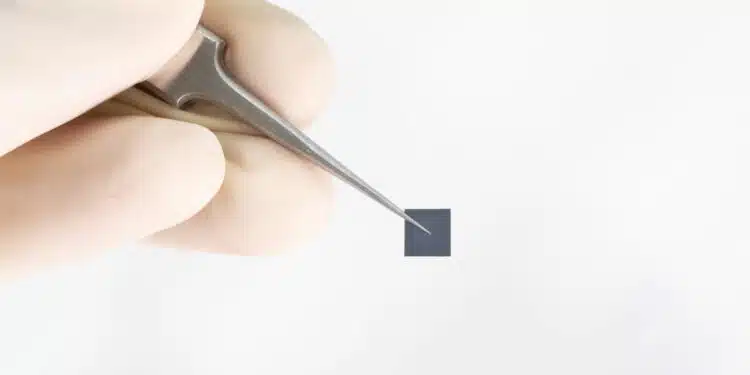TDK Corporation successfully developed a material for CeraCharge, a next-generation solid-state battery with an energy density of 1,000 Wh/L, approximately 100 times greater than the energy density of TDK’s conventional solid-state battery.
TDK’s technology is aimed at a solution that can be utilized in various wearable devices, such as wireless earphones, hearing aids and even smartwatches, with the goal of replacing existing coin cell batteries.
Utilizing TDK’s proprietary material technology, TDK has managed to develop a material for the new solid-state battery with a significantly higher energy density than TDK’s conventional mass-produced solid-state batteries (Type: CeraCharge) due to the use of oxide-based solid electrolyte and lithium alloy anodes.
The use of oxide-based solid electrolyte makes batteries extremely safe. It is intended for use in wearable and other devices that come in direct contact with the human body.
The battery can be applied for replacing coin cell primary batteries in compliance with EU battery regulations, which require them to be replaced by rechargeable batteries, which is expected to contribute to the reduction of environmental impact.
TDK will strive to develop the battery cells and package structure design and advance toward mass production, targeting the development of its new product, the solid-state battery.
Moreover, TDK aims to enhance the capacity of the batteries through multi-layer lamination technology and expand its operating temperature range by applying the production engineering technology TDK has accumulated in the electronic components business.
Features
- The use of oxide-based solid electrolyte makes battery extremely safe
- Smaller size and higher capacitance contribute to smaller device size and longer operating time
Applications
- Various wearable devices such as wireless earphones, hearing aids and smartwatches
- Environmental sensors
- Replacement of coin cell batteries



